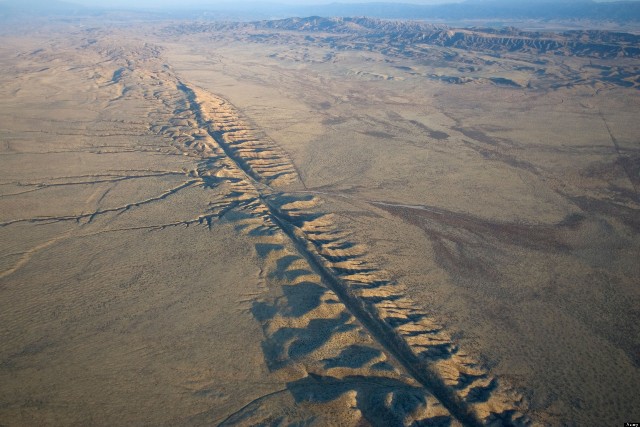RWNJ
Gold Member
- Oct 22, 2015
- 4,287
- 641
- 275
- Thread starter
- Banned
- #81
There is no evidence that it took a long time to carve the Grand Canyon. After mount ST. Helen erupted, we saw a large canyon that was carved in just a few days. The same thing happened during Noah's flood. Sediment was deposited, then later, a large body of water to the North broke loose and carved it out.I agree that the Colorado river cut the Grand Canyon but I must add there was a much larger flow of water running down the canyon at the time. Which marks the "great flood".
Weather conditions during the ice ages also increased the amount of water in the Colorado River drainage system. The ancestral Colorado River responded by cutting its channel faster and deeper.
The base level and course of the Colorado River (or its ancestral equivalent) changed 5.3 million years ago when the Gulf of California opened and lowered the river's base level (its lowest point). This increased the rate of erosion and cut nearly all of the Grand Canyon's current depth by 1.2 million years ago. The terraced walls of the canyon were created by differential erosion.[18]
Between 100,000 and 3 million years ago, volcanic activity deposited ash and lava over the area which at times completely obstructed the river. These volcanic rocks are the youngest in the canyon.
Grand Canyon - Wikipedia

